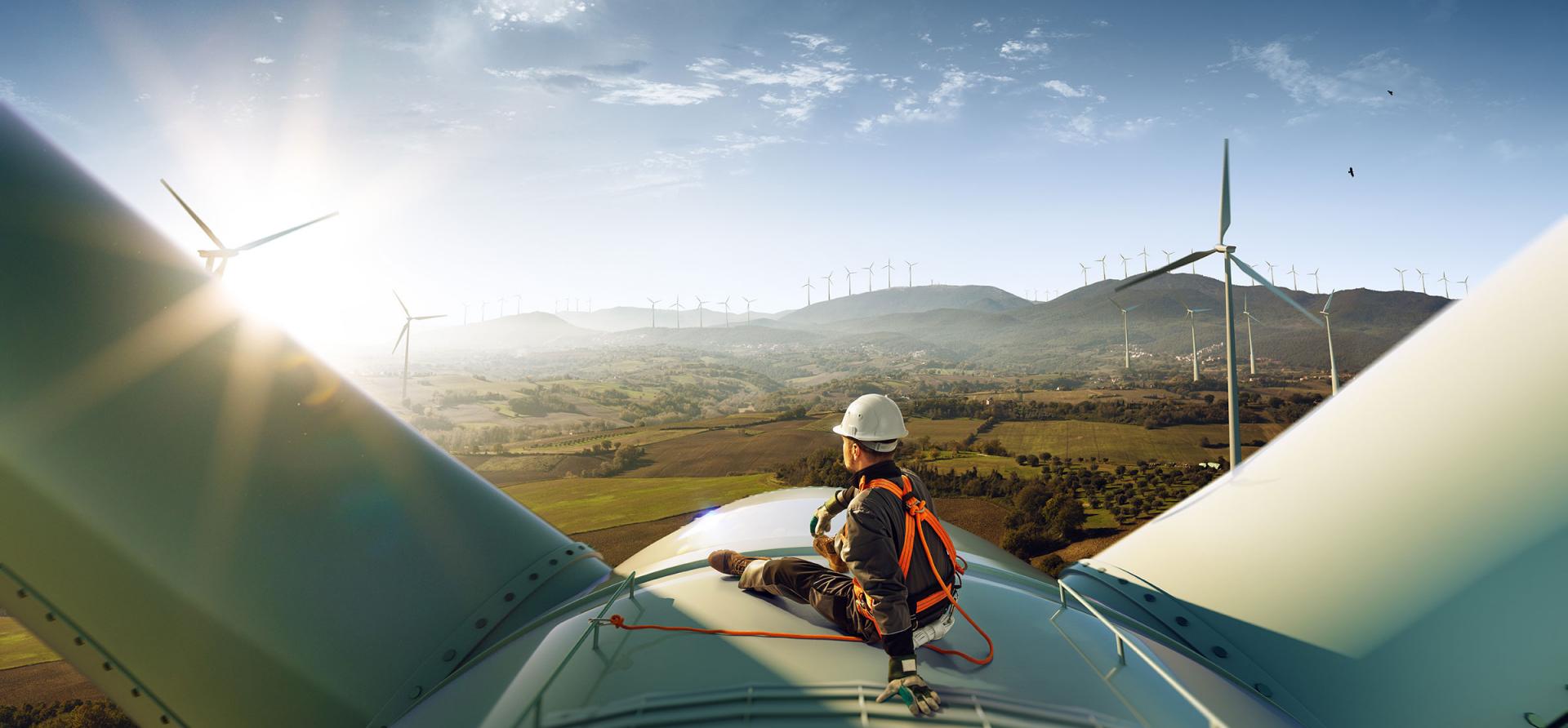IEEFA: More clean energy investment will insulate against rising coal, oil and gas prices

Key Findings
Coal, gas and oil prices are soaring around the world driven by rebounding energy demand post the pandemic, extreme weather events and planned and unplanned outages.
The world must ramp up investment in green energy and reduce reliance on fossil fuels to insulate against volatile fossil fuel prices.
As global leaders grapple with the planet’s future at the COP26 climate summit, coal, gas and oil prices are soaring around the world driven by rebounding energy demand post the pandemic, extreme weather events and planned and unplanned outages. More clean energy investment will insulate against this fossil fuel price volatility.
Gas prices in Asia notched record highs and in Europe also reached their highest levels during the second half of 2021, 10 times the record lows of June 2020. In the US, where gas has historically been cheap, prices more than tripled.
International coal prices have also risen, up to fivefold in some regions. High gas and coal prices have led to high electricity prices in many regions.
In recent weeks, European electricity prices climbed to their highest levels in more than a decade, surpassing 100 euros per megawatt-hour in many markets.
The ever-reducing cost of solar and wind energy now contrasts markedly with the high prices for fossil fuels
Faced with record high gas and coal prices, many power sector companies and energy intensive industries turned to oil to save money. International oil prices subsequently hit a seven-year high in early October, having been negative only 18 months back.
The ever-reducing cost of solar and wind energy now contrasts markedly with the high prices for fossil fuels.
Such pricing dynamics — especially for import-reliant countries such as China, India and Vietnam — are likely the catalyst for many countries accelerating their inevitable transition to renewable energy.
The International Energy Agency (IEA) has identified three main factors driving high energy prices.
Increase in post-pandemic demand
The rebound of global economic growth in 2021 is predicted to be the highest in 50 years, at 6 per cent. This has boosted electricity demand, set to increase by 3 per cent this year.
Despite growing worldwide investment in renewables, it has not been enough to match increasing electricity demand. Fossil fuel prices have increased as a result of the huge surge in demand.
The IEA found global investment in the oil and gas sectors during 2020 and 2021 was in line with that required for a 1.5°C trajectory. However, there had not been enough growth in clean energy investment to accommodate the uptick in demand.
This means the economic recovery is largely being powered by fossil fuels, which is far from the green recovery many sought — 2021 is showing the second-largest annual increase in CO2 emissions in history.
Extreme weather
More frequent extreme weather events, many attributed to climate change, reduced energy supply and increased energy demand in many regions, leading to higher energy prices.
The Northern Hemisphere experienced an unusually cold 2020/21 winter, including the catastrophic February 2021 Texas cold wave. This was followed by heatwaves in Asia and drought in some regions. These extreme temperatures resulted in increased energy demand and therefore prices.
In India, a monsoon disrupted the transport of coal mine stockpiles to plants suffering critical shortages. Coal plants were belatedly authorised to blend 10 per cent imported coal with domestic coal, lifting the informal ban on imports, further pressuring international coal prices.
Planned and unplanned outages
These also have caused skyrocketing fossil fuel prices. Some maintenance work delayed in 2020 due to COVID-19 had to be carried out this year. In the gas sector, outages were up to 40 per cent higher than historical averages, according to the IEA.
In addition to outages in Norway’s gas supply, ongoing maintenance issues reduced UK gas production in the North Sea, and supply issues disrupted Europe’s import of gas from Russia. British nuclear and gas power stations were offline longer than expected, a fire shut down a French interconnector and there was lower than usual wind generation in Europe.
China experienced a “perfect storm” leading to its energy crunch
China experienced a “perfect storm” leading to its energy crunch. 2020 was a dry year, reducing hydropower availability. Coal supplies were also reduced due to the flooding of 60 mines in Shanxi province, crackdowns on safety and industry corruption, COVID restrictions, curbs on overproduction and a halt to Australian coal imports.
With demand for coal rising 11 per cent in the first half of 2021, and having progressively depleted stockpiles, China belatedly turned to coal imports, quickly sending seaborne coal prices skyrocketing. As coal prices shot up, Chinese coal generators — bearing the high cost due to government-imposed price controls restricting pass-through to consumers — produced less power as it was not profitable to do so. Electricity shortages ensued and widespread power rationing was introduced, forcing factories to reduce production resulting in both higher prices and shortages of all sorts of products — from iPhones to milk.
China imported more LNG to try to make up for the energy shortage, sending LNG prices upward.
Impacts on the Australian economy
By the end of September, international energy prices had surged to record levels, with Australia’s export coal producers reaping major profits at A$269/tonne, and LNG exporters making up to $200 million per shipment of gas. JKM2 gas set a new high of A$41/gigajoule (GJ), up from A$17/GJ at the start of the quarter.
Domestic electricity prices have so far been insulated from high coal and gas prices. AEMO recorded reducing electricity prices over the third quarter 2021, driven by increased renewable generation and low demand. In September, National Electricity Market (NEM) wholesale electricity prices averaged $37/MWh, with a quarterly average of $66/MWh.
Australia’s huge capacity for renewable generation resulted in a record breaking number of NEM wholesale electricity trading intervals being zero or negative. Renewables are pushing prices into negative territory.
However, globally high energy prices appear to be having some impact on Australia.
If international prices for LNG stay high and contract tariffs push up, Australia faces inevitable electricity price increases
In the past quarter, key black coal generators in the NEM increased their price offers significantly. Coal represents about 66 per cent of NEM’s electricity demand (2020 total).
Australia’s east coast, as a key LNG exporter, is exposed to high international gas prices, having moved to export price parity in 2015. If international prices for LNG stay at about current high levels, Australia will inevitably see contract tariffs for gas push up higher, according to Santos, leading “inevitably” to electricity price increases, according to Alinta.
Gas-fired generation represents a small portion of NEM demand, providing about 7 per cent in 2020. However, gas generators can significantly affect overall electricity prices as they are among the most expensive forms of generation, turning on only when demand is high and asking high prices to operate. Accordingly, they play a major role in setting NEM prices in periods of high demand.
Prices could also rise for bottled and reticulated gas used for heating, hot water systems and cooking in millions of homes on the east coast. Australian manufacturers, many of which depend on gas, could also face cost pressure.
Further, as Australia is a net importer of oil, petrol prices have soared, reflecting international prices. Last month, petrol in Sydney, Brisbane and Melbourne hit its highest point since the global financial crisis.
The solution is more green energy investment
The world, Australia included, must ramp up investment in green energy and reduce reliance on fossil fuels to insulate against volatile fossil fuel prices.
This can be done through reducing overall energy consumption, using energy efficiently, switching to renewable electricity supply, electrifying everything that is run on fossil fuels, and installing energy storage to complement renewables.
The IEA points to the looming risk of more turbulence for global energy markets without further rapid investment in clean energy and technologies.
The World Energy Outlook states that overall clean energy investment will need to double this decade to keep temperature rise below 2°C, or more than triple to stay below 1.5°C.
Globally, high energy prices are putting pressure on energy-intensive industries to pass on higher costs to consumers. Australia is likely to soon feel the brunt of this. If sustained, it could lead to widespread inflation and a slowdown in the economic recovery post-pandemic.
A ramp-up in renewable investment is needed, urgently.
This article first appeared in Renew Economy.















